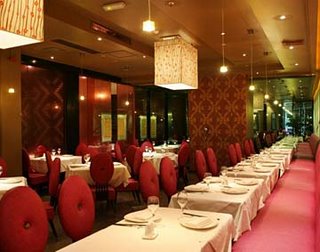The tiny sprinkle of fleur de sel on each of these little honey peanut cookies brings out the lovely peanut flavour without getting in the way of their honeyed sweetness. The finished biscuit is soft and a little puffy, and goes very well with a cup of coffee at the end of a meal.
There’s no flour in these, just the peanut butter, so these are great if you’ve got guests who can’t eat wheat. These cookies use honey instead of sugar, and are also good with a little extra honey drizzled over the top at the end if you don’t like the idea of the fleur de sel.
Fleur de sel is a hand-harvested salt made from the very top layer of evaporated salt, collected before it sinks to the bottom of the salt pan. Its name comes from the shape of the salt crystal – fleur de sel comes in beautiful, frilly little crystals a bit like a large snowflake. You can also buy Portuguese flor de sal, which is just the same, but less expensive. I’ve heard suggestions that it’s meant to taste saltier than normal table salt, but that’s not my experience with it. I do, however, think it has a very fine taste and a lovely texture, and it looks great on the finished plate. At the moment we use a small pot (from our break in Hyeres last summer) as table salt, and there’s a large bag from Portugal in my salt pig which I use for cooking.
To make about 60 peanut cookie drops you’ll need:
350g (1 ½ cups) peanut butter
250g (¾ cup) runny honey
2 egg whites
Fleur de sel to sprinkle
Preheat the oven to 180° C. Beat together the peanut butter and honey with the egg whites (I used an electric whisk, but elbow grease will do the job too) until everything is smooth. The oils from the peanut butter may make the mixture glossy as you beat – don’t worry if they do.
Place teaspoonsful of the mixture onto non-stick baking trays, a couple of inches apart. Bake for ten minutes until golden and a little puffy. Sprinkle over a very little fleur de sel (or drizzle with honey for a different take on things).
These little biscuits will keep in airtight containers for a few days.



